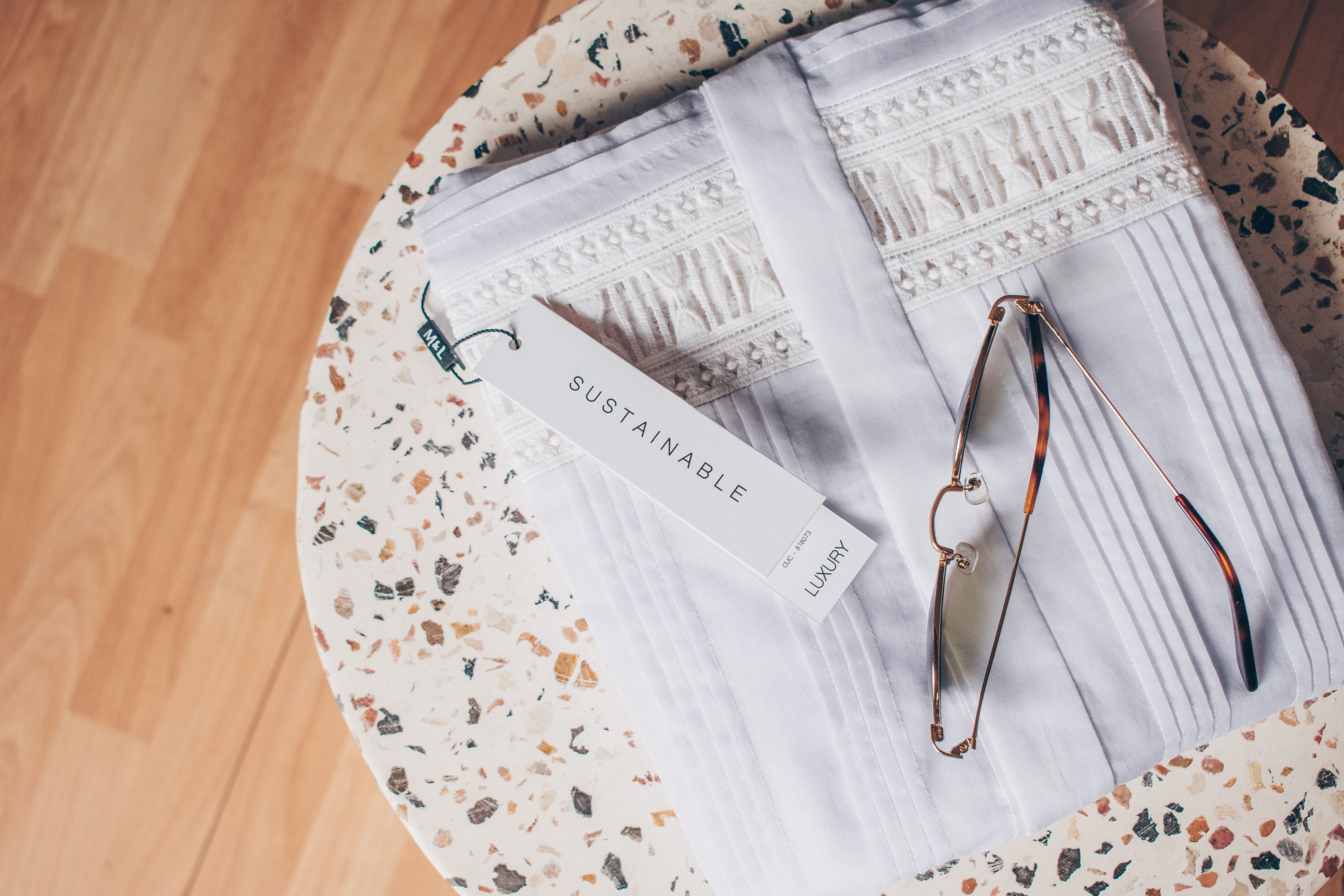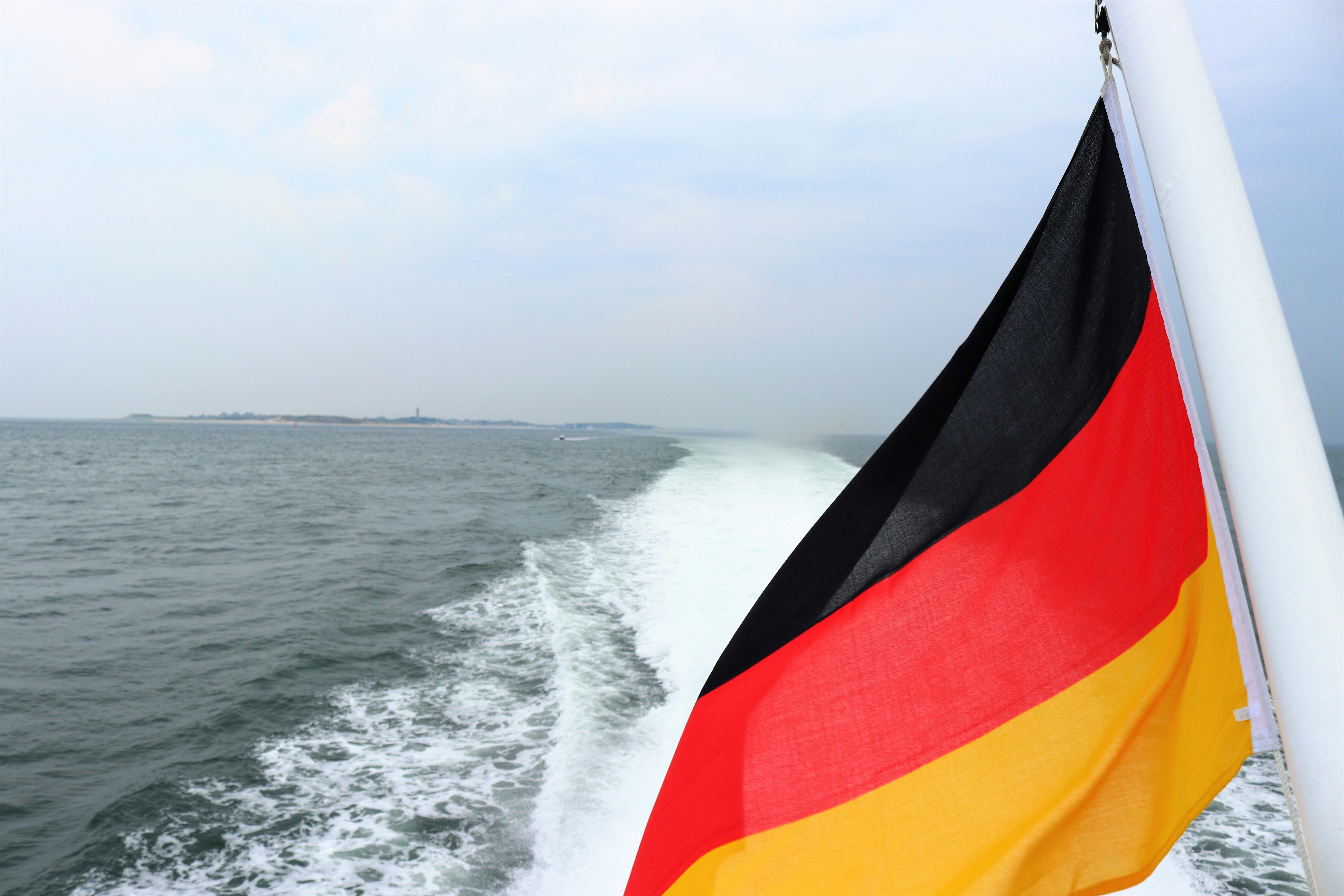The fashion industry accounts for 10% of the world’s CO2 emissions. From raw materials and manufacturing to transportation and disposal, fashion contributes to climate change at various stages along clothing’s lifecycle; stages where brands can intervene to improve sustainability.
As one of fashion’s major current trends and key influencer of consumer purchasing decisions, sustainability should be front of mind for European fashion brands, both for ecological and commercial reasons. Three-quarters of shoppers in Italy (77%), the UK (76%) and France (74%) plan to buy less for environmental reasons, so the trend cannot be ignored. Brands should optimise their marketplace listings to highlight their eco-credentials and give themselves a competitive advantage. Here’s how.
Deliveries
Door-to-door same-day delivery is great for consumers, but with many deliveries combining fossil-fuel powered ships and vans, is it great for the environment? When you factor in failed deliveries, re-deliveries and returns, deliveries can make up 20-30% of a city’s pollution, so it’s no surprise that European fashion shoppers are conscious of rapid delivery’s ‘dark-side’. In fact, 27% of UK and Belgian consumers will consider the ‘green-ness’ of delivery when making a purchase, compared to 18-19% in Denmark and Norway (strict Scandinavian environmental rules and a greener mindset likely reduce the need for consumers to consider brands eco-credentials).
Tips to optimise fashion marketplace listings: At checkout, consider customers will choose more sustainable delivery methods (i.e. electric vehicles, bikes or self pick-up), pay a delivery surcharge to offset the CO2 or make an equivalent donation to a climate change charity. Therefor, consider the types of couriers you use.
Raw materials
Be it New Look using fabrics from Turkey and Bangladesh or C&A manufacturing garments in Brazil and China, many major European fashion brands source their raw materials outside of Europe. European consumers are increasingly concerned about the origins of their fashion products, as well as how they were grown and the raw materials used, so brands that use local manufacturers, organic materials or a high percentage of recycled materials will stand out.
Tips to optimise fashion marketplace listings: Use keywords that highlight your eco-friendly materials (i.e. ‘organic’ or ‘hand-made’), show photos of the label (highlighting the materials used) and display any relevant sustainability certifications (i.e. Fair Wear Foundation or Better Cotton Initiative).
Repairs
Fast fashion puts the ‘fill’ in landfill with 92 million tonnes of clothing ending up in landfill every year. To buck the trend, leading fashion brands are offering consumers the chance to repair faulty or tired garments. For example, Patagonia has long flown the flag for sustainability, levying a 1% earth tax on its profits back in 1985 and introducing the Common Threads Recycling Program, which provides tips to repairs its products and enables consumers to send clothes to a repair facility, in 2005. Now, more and more brands are following suit with 46% of European fashion companies looking to increase customer recycling of their garments.
Tips to optimise fashion marketplace listings: Have a clearly stated repairs or recycling procedure on your listings and also highlight the durability of your products (i.e. long-term money back guarantees), so customers know you’re not selling throwaway fashion.
Resale
Fast fashion’s dwindling appeal has also led to an increase in demand for second-hand and used fashion, especially among younger shoppers with 42% of millennials and Gen Z customers in Europe likely to buy second-hand. In fact, the second-hand apparel market is expected to grow to $77bn by 2025 and outstrip fast fashion by 2029. To take advantage of this shift change, European fashion brands are offering buy-back schemes and resale opportunities. For example, H&M’s ‘Pre-Loved’ is live in 24 European countries and is aiming for €90m in resales in 2023.
Tips to optimise fashion marketplace listings: Sell on fashion marketplaces that offer ‘pre-owned’ categories, such as Zalando, TheRealReal (for luxury fashion) and eBay (home of 69% of the second-hand apparel market), and offer clear buy-back terms.
Sustainability for the right reasons
Brands should highlight their sustainability credentials for the right reasons - not just to make sales. Almost half of fashion shoppers in Europe (47%) are wary of brands’ eco claims and will at best avoid (and at worst call out) companies for green-washing.
Greening the language, keywords or colour scheme of your marketplace listings to imply sustainability without backing that up with hard evidence is a one-way ticket to hurting your brand. For advice on improving your sustainability and optimising your listings, get in touch with sales@richinsight.co.uk.






Blog Comments